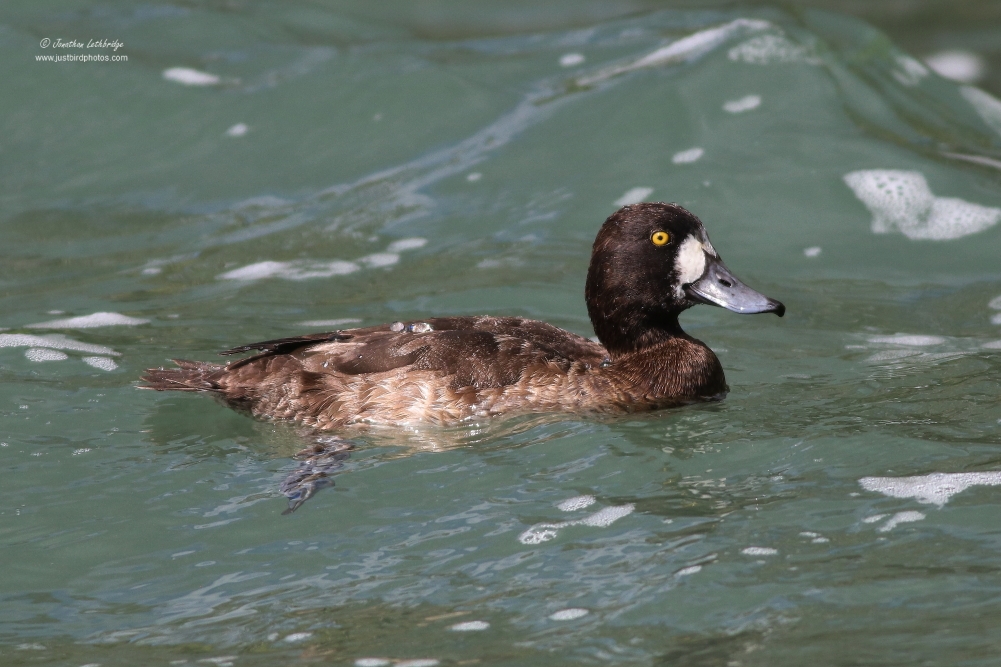The other day I finally got Treecreeper for the year. My first for two years I think, I happened to be passing through Bush Wood when I encountered Jim peering up into the trees. Without bins the best I could do was listen to it, but the following morning I managed to see it in exactly the same place with a substantial mixed flock of Tits. Yay, 99 for year, I added it to eBird. Except eBird thought it was 100. Huh?
And of course eBird was right. I extracted the data and ran a comparison. Sure enough, on May 4th eBird had a Reed Warbler, whereas my fallible spreadsheet and this erstwhile blog did not. I get to 100 by July in roughly half of all years, and there is nothing really left until Spotted Flycatchers arrive in late August so I am lucky to have made it.
Birding news is thin on the ground here but there is at least a sniff of excitement. We carefully watch other local - better - sites, for news of migrants, and it seems that there are waders on all sides of us. All you really need is a bit of good fortune, being in the right place at the right time. I seem to be quite good at that, at least locally. Maybe you make your own luck? I'll be out hoping for a dollop on Saturday. Unless it's raining. Or maybe even if it is raining.
In other news I've finally had my Burgundy maps framed. You may perhaps recall that I went to this area of France in late 2021 (detailed here and here if you fancy another read) in one my first trips since the pandemic restrictions eased. Whist there I bought a some maps of the two principal areas. I'd seen these in various cellars and other wine-related places and thought that they were simply wonderful. They detail each vineyard across the whole of the Cote d'Or and should really be classified as works of art. They came rolled up in a tube and I planned to have them framed as soon as I got back.
 |
| The Cote de Beaune |
Clearly that didn't happen quite as immediately as I had planned given we are now 20 months on. For a start when I got back I discovered that my local framer had closed down during Covid, a fate suffered by countless small businesses that relied on local footfall. Such a shame, I had been going to her shop for years and years, and then all of a sudden it was gone. I could find no local alternatives that I trusted, only chains of shops that had fixed ratios and cheap materials. I dithered, and for over a year did nothing, the tube languishing in the corner of the room. Earlier this year my Mum came to visit and I had an idea. She still has a local framer, and having taken up painting in retirement gets a lot of stuff done. Scotland is a long way to go for a pick-up, but nonetheless perhaps she could organise for these amazing maps to be framed properly and in a way that would really make them pop? In short, she absolutely could and they have been done so so well - I am so glad that I didn't take any shortcuts with them, and neither did the framer. They are huge and required all sorts of special care - 170cm x 70cm each - that is not your average frame with a couple of clips on each side and a bit of cardboard inside. They are an engineering masterpiece with support struts, top quality heavy-duty materials, and needing two hooks to hang. It has been a long journey, and the final step, the drive up to Fife to collect them, took about eight hours each way although this wasn't the only purpose of my visit obviously. But they are now up and they look magnificent on the wall. I have even provided a magnifiying glass for visitors with less keen eyesight to be able hone in on the appellation that particularly interests them. For my part I have already spent a considerable amount of time stood in front of each of thee, mentally walking between the vines, retracing my steps and planning new ones. This is what counts for excitement round here. I've also opened the odd bottle of wine, thrilled that I can see exactly which plot it came from. Not that I'll ever be able to afford a case of Echezeaux but in short, life is still good.
 |
| The red circle is where I bought this map! |



























